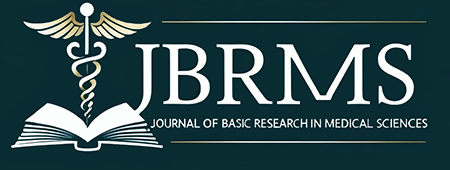Shiva Ghaderighahfarokhi, Jamil Sadeghifar, Mossayeb Mozafari,
Volume 5, Issue 3 (6-2018)
Abstract
Introduction: Birth weight is a reliable indication of intrauterine growth and determines the child's future physical and intellectual development. The purpose of this study was to use data mining technique in identifying accurate predictors of (low birth weight) LBW.
Materials and methods: This study used secondary data from 450 medical records of newborns in the educational Hospitals affiliated to Ilam University of Medical Sciences. The birth records were reviewed from April 2015 to April 2016. The checklist used to collect data comprised of two parts: demographic and effective factors (13 factors of medical and neonatal, 4 factors of mother's lifestyle and 8 about mother factors). Data were analyzed by SPSS version 21 and WEKA software.
Results: Our findings showed that mean weight of infants was 2289 ± 864 gr. The mean gestational age was 35.2 ± 4.63 weeks. 14.9% of mothers suffer from placenta previa and 14.4% suffer from preeclampsia. The results of ANOVA showed that neonatal weight was significantly higher among mothers with weight range of 84-110 Kg. The random forest algorithm showed that gestational age less than 36 weeks is main predictor and number of fetuses, preeclampsia, and premature rupture of membrane, placenta previa, the number of pregnancies and the degree of mother education were other predictors of low birth weight.
Conclusion: This study confirmed that low birth weight is a multifactorial condition requiring a systematic and accurate program to reduce LBW. Individual and group education through mass media, repeated monitoring of pregnant mothers, activation of the referral system and pursuit of a family health care technician may reduce prevalence of LBW.
Esmaeel Ghaderi , Narges Jalilian , Paria Hashemi , Fatemeh Heydari , Shokoofeh Kazemzadeh , Azar Babakhani ,
Volume 11, Issue 2 (4-2024)
Abstract
Introduction: Burn injuries represent a prevalent concern among children, often resulting in irreversible complications. Hence, this study aimed to investigate the epidemiology and severity of burns in children under 12 years of age admitted to Imam Khomeini Hospital in Ilam from 2015 to 2019.
Material & Methods: This retrospective descriptive study examined the medical records of 150 children under 12 years old admitted to Imam Khomeini Hospital in Ilam with burn injuries between 2015 and 2019. Data were collected through chart reviews and interviews with the patients' families, and analyzed using SPSS v-19.
Results: The majority of burn cases occurred in children under three years old (61.3%, 92 individuals), with more than half being boys (55.3%, 83 individuals). Second-degree burns accounted for 87.3% (131 individuals) of cases, with approximately 80% (120 individuals) involving burns covering 1-20% of the body surface area. Hot liquids were the leading cause of burns (79.9%, 119 individuals), and 84% (126 individuals) of burns occurred in enclosed spaces. Only 18.7% (122 individuals) of cases required hospitalization, with no fatalities reported.
Conclusion: Preventive measures targeting young children, particularly those under three years old, and boys, given their active nature, are crucial in reducing burn incidents. Additionally, addressing factors such as the availability of combustible materials, particularly hot liquids, through educational programs can significantly contribute to burn prevention efforts.

